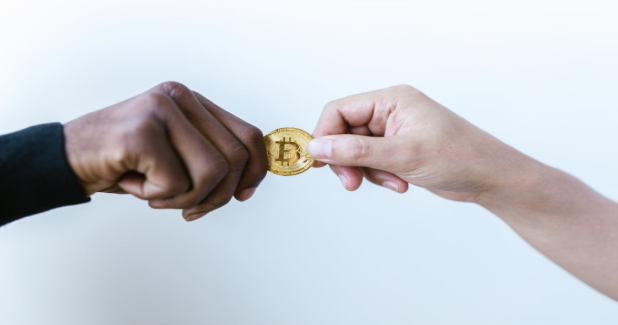In an increasingly globalized world, the need for efficient, secure, and cost-effective cross-border payments is becoming more urgent. Traditional payment systems, such as bank wire transfers and money remittance services, are often slow, expensive, and lack transparency. As global commerce grows, businesses and individuals are turning to more advanced, digital solutions to address these challenges.
Blockchain technology and digital currencies are at the forefront of this revolution, offering a promising alternative to traditional payment models. These technologies are helping to streamline cross-border payments, making them faster, cheaper, and more secure.
Blockchain Technology: The Backbone of Future Payments
Blockchain is a decentralized digital ledger that records transactions across multiple computers. By eliminating the need for intermediaries like banks, blockchain technology allows for faster, more affordable international payments. Traditional bank transfers can take several days to process, especially for cross-border transactions, but blockchain reduces this time to mere minutes.
With blockchain, businesses can handle cross-border transactions more efficiently, improving cash flow and reducing operational costs. This innovation is paving the way for a new era in payment systems.
XRP: A Digital Asset Shaping Cross-Border Payments
Among the digital assets emerging to facilitate cross-border payments is XRP. Unlike traditional payment systems that rely on costly intermediaries, XRP offers a fast, scalable, and low-cost alternative for international transactions.
XRP has become popular for its ability to settle payments quickly and at a fraction of the cost compared to traditional systems. It can handle thousands of transactions per second, making it an ideal solution for businesses involved in global trade.
For those looking to enter the cryptocurrency space, MoonPay offers an easy and secure platform to buy XRP. With it, users can purchase digital assets using traditional payment methods like credit cards or bank transfers, enabling them to take advantage of the benefits blockchain offers for cross-border payments.
The Rise of Stablecoins for International Transactions
Stablecoins, digital currencies pegged to stable assets like the US dollar or gold, are gaining popularity for international payments. Their stability makes them an attractive option for businesses that want to avoid the price volatility of traditional cryptocurrencies like Bitcoin.
By providing a stable store of value, stablecoins allow businesses to make cross-border payments without the risk of large price fluctuations. As stablecoins continue to gain adoption, they could become a standard for global payments, further disrupting traditional financial systems.
Decentralized Finance (DeFi) and the Future of Payments
Decentralized finance (DeFi) platforms offer a new way to handle cross-border payments without relying on centralized intermediaries like banks. These platforms use blockchain technology to provide financial services, such as lending, borrowing, and trading, directly between users.
DeFi could eliminate the high fees and slow processing times that have traditionally characterized cross-border transactions. As DeFi platforms grow, they could become a major driver of efficiency and cost-effectiveness in global payments.
Innovative Payment Infrastructure: Smarter and Faster Solutions
The evolution of cross-border payments is also being driven by advancements in payment infrastructure. Companies are investing in building more scalable and efficient systems to handle the growing volume of international transactions. These innovations aim to reduce settlement times, improve liquidity, and enhance the user experience.
By streamlining payment processes, businesses will be able to complete cross-border transactions more quickly and at a lower cost, expanding their reach in the global marketplace.
Mobile Payments: Expanding Access to Cross-Border Payments
Mobile payment platforms are increasingly becoming a key player in the future of cross-border payments. With smartphones ubiquitous across the globe, these platforms allow users to send and receive money quickly and securely, even in regions where traditional banking infrastructure is limited.
Mobile payments, combined with blockchain and digital currencies, can help make cross-border transactions more accessible to a broader audience, contributing to a more inclusive global financial system.
Seizing Opportunities in Cross-Border Payments
As blockchain technology, digital currencies, and decentralized finance continue to evolve, businesses have the opportunity to embrace new solutions that can reduce transaction costs and improve efficiency. By leveraging these innovations, companies can streamline their cross-border payment processes, expand their customer base, and thrive in a rapidly changing global economy.
The future of cross-border payments is filled with new opportunities that promise to reshape the way money moves around the world. Whether through blockchain, stablecoins, or mobile payments, businesses that adapt to these changes will be better positioned to succeed in the global marketplace.


